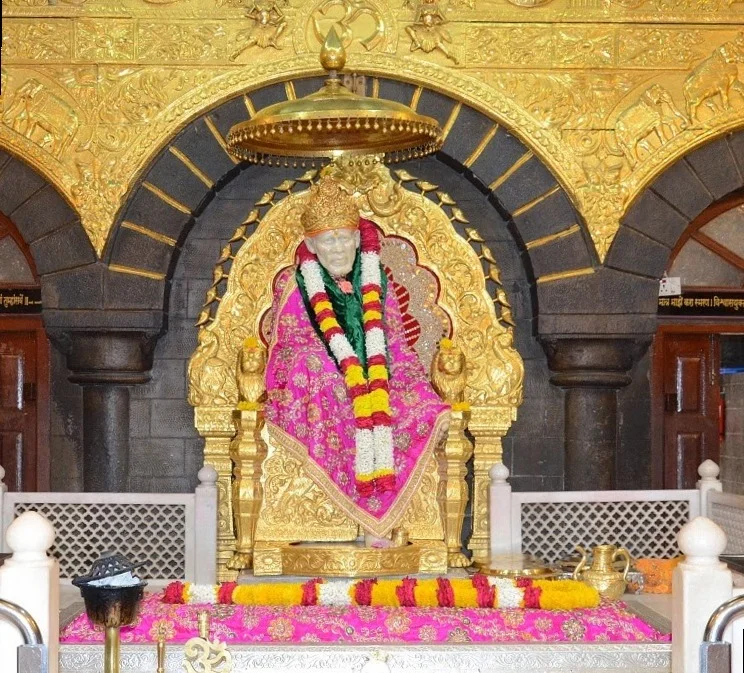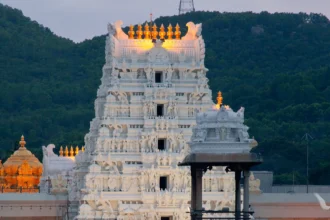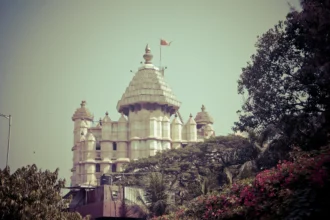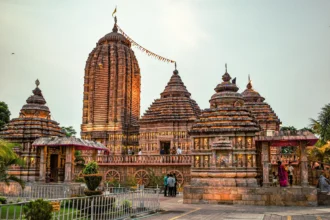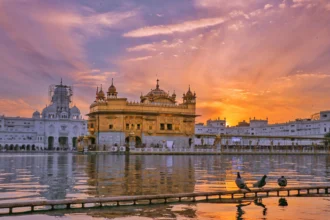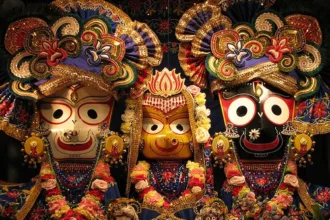Shirdi was once a quiet Maharashtrian village. In the mid-1800s, a mysterious fakir arrived; clad in a simple torn robe and cloth cap and took residence in an unassuming mosque. That wanderer became Sai Baba of Shirdi, a spiritual figure revered today by millions across faiths.
This is the story of how a humble saint changed the destiny of an entire town and became the heart of a movement rooted in unity, miracles, and service.
1. The Humble Beginnings: Dwarkamai Mosque & Neem Tree Meditations
In those early decades, Dwarkamai; an old, mud‑walled mosque, was Baba’s home (and a world to Sai Baba) for over 60 years. There he tended a continuous holy fire, the Dhuni, from which the sacred ash or Udi derives its healing power.
He also meditated beneath the neem tree that came to be known as Gurusthan, a place where, but for devotees, the leaves turned surprisingly sweet and carried blessings of good health.
2. Miracles & Teachings That Transcend Religion
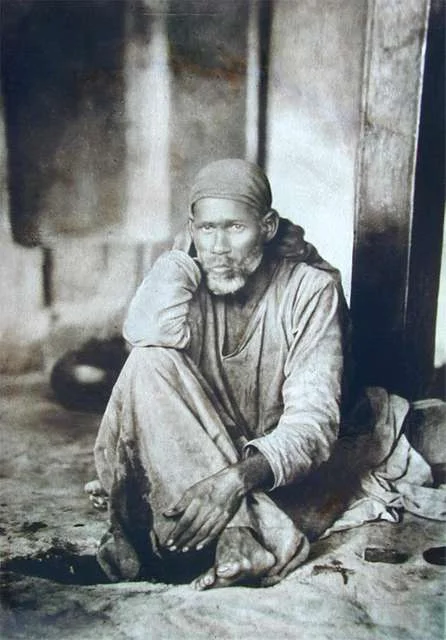
The life of Sai Baba was a tapestry of miracles and spiritual lessons:
- Lighting lamps with water when oil was unavailable, calming storms, healing through Udi, and even bilocation appearing simultaneously in multiple places.
- Healing without medicines; applying ashes to ailments and offering symbolic tokens instead of elaborate rituals.
- Preaching religious unity, generously drawing from Hindu and Islamic teachings; honoring both scriptures and festivals, from Ram Navami to Eid and presenting the universal truth behind all faiths.
3. From Gopalrao’s Wada to Global Temple: The Making of the Samadhi Mandir
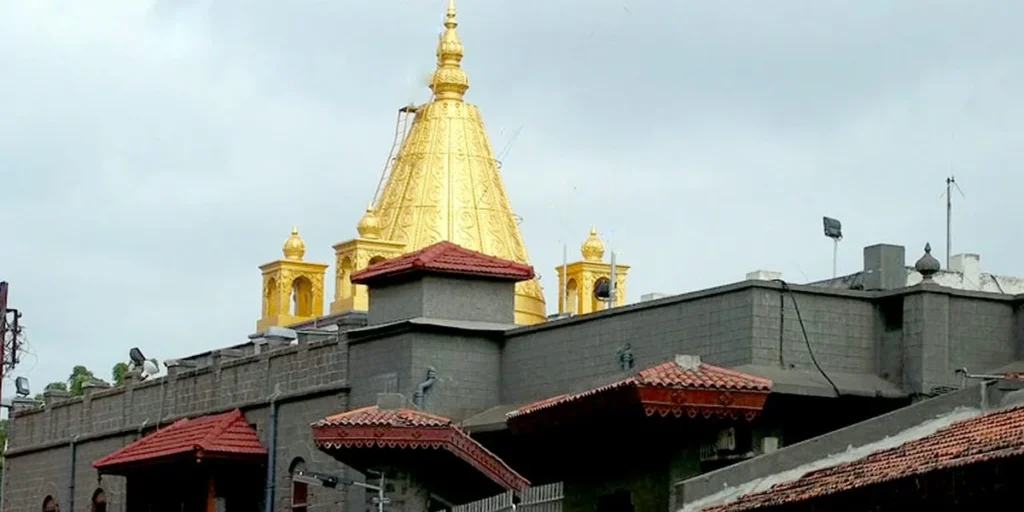
Sai Baba left his mortal body on 15 October 1918 (Vijayadashami). Soon afterward, his devotees gathered within the Buty Wada, an incomplete mansion that Gopalrao Buti intended as a Krishna temple.
Sai Baba had prophesied: it would become his final resting place. The building was converted into the Samadhi Mandir, where his mortal remains lie in serene repose.
Over time, the temple complex grew around it, preserving Dwarkamai, Chavadi (where he slept alternate nights), Lendi Baug (his beloved garden), and a massive prasadalaya (free kitchen), now run by the Sai Sansthan Trust.
4. Miracles That Define Sai Baba’s Legacy
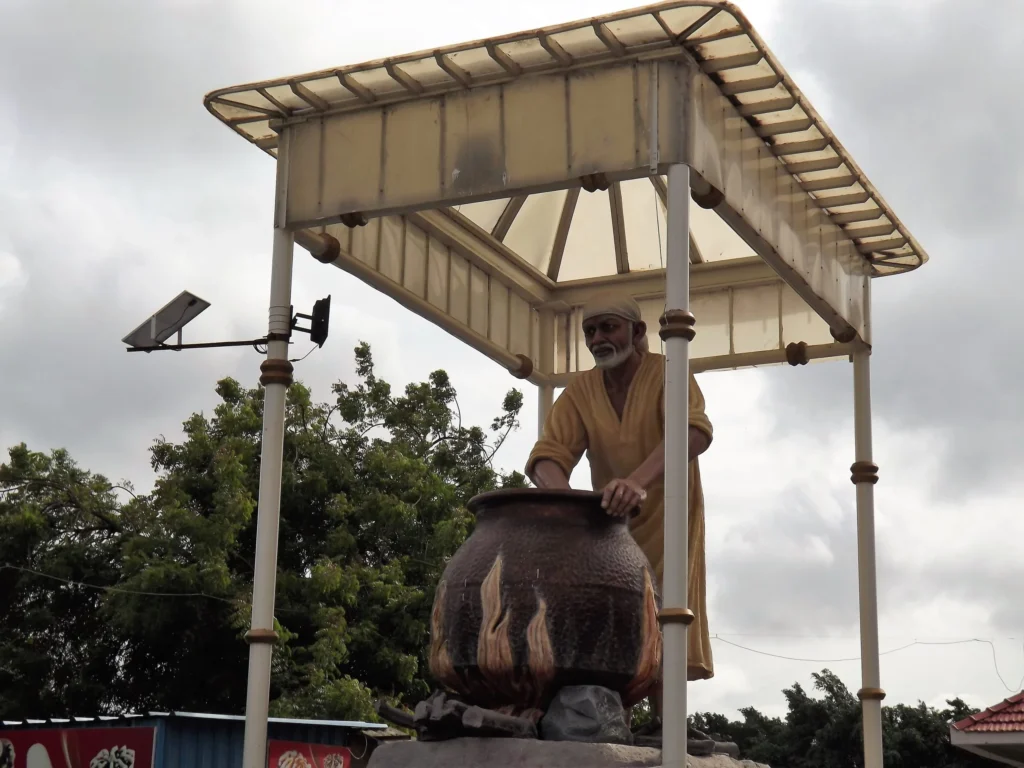
Some striking stories bearing testimony to faith:
- Lamps burning in Dwarkamai despite being lit with water, not oil.
- Water flowing from his toe to provide divine tirtha during Ram Navami.
- Stopping thunderstorm rains mid-journey so devotees could return home safely .
- A horse named Shyam Sunder given to Sai Baba in 1909, who performed namaskar (bowing) to him, but whose beating Baba recognized physically on himself when the trainer abused it. That spiritual empathy still draws crowds at his samadhi in Lendi Garden.
- A wooden post used when Baba cooked with his bare hands is now believed to heal modern visitors when touched gently.
5. The Temple Trust: Growth, Generosity & Global Reach
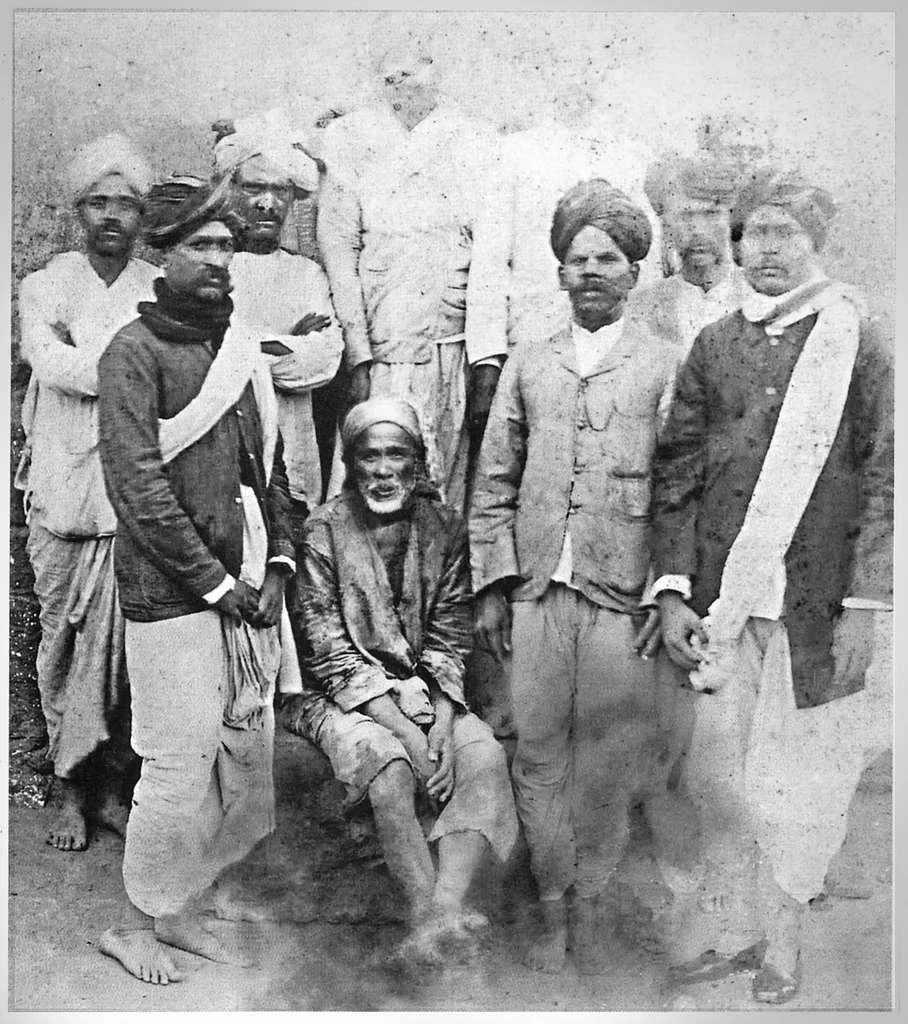
Built in 1922, the temple was originally private, funded by Gopalrao Buti. In decades since, the Shri Sai Baba Sansthan Trust took over and transformed it into one of the richest and most respected philanthropic faith institutions in India.
- Today, it receives roughly ₹14 lakh in coins weekly, totaling enormous cash donations from all over the world, from 94 countries including the US, UK, UAE, Canada, Australia, Malaysia, Singapore, and Europe.
- A single devotee, K. V. Ramani (NASSCOM co‑founder), donated over ₹110 crore to build an ashram for 14,000 pilgrims in 2012.
- The temple kitchen is the largest solar‑powered hall in India, serving approximately 40,000 free meals daily: up to 5,500 seated at a time.
- Over 60,000 devotees visit daily; numbers surge to 100,000 on weekends and can reach half a million on festivals like Guru Purnima, Ram Navami, and Dussehra.
6. Lesser-Known Facts That Inspire Wonder
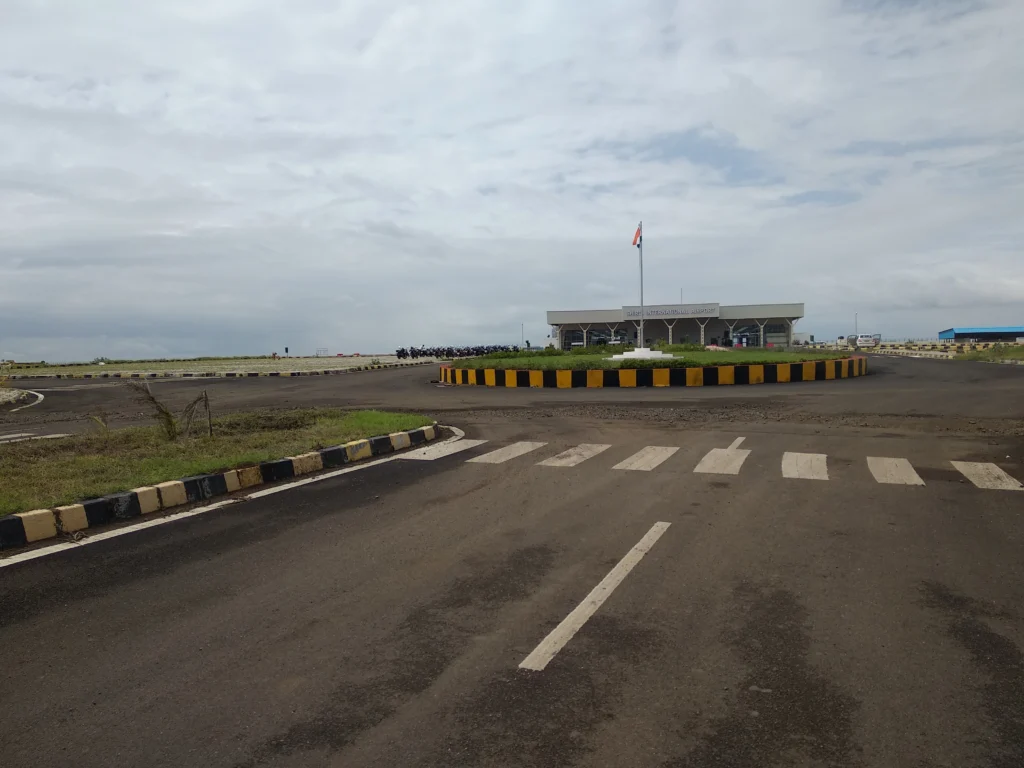
- Shirdi is liquor-free by tradition, no alcohol is sold or served in the town near the temple.
- The temple receives enormous global support, it’s ranked among the richest in the world, second only to Tirupati’s Venkateswara Temple .
- Malaysia reportedly offered ₹1,500 crore to operate Shirdi Airport, highlighting the international religious-economic footprint of Sai Baba’s legacy.
- Shirdi boasts a higher literacy rate (≈70%) than India’s average, which may reflect the emphasis on learning and service in the town’s ethos .
7. Mystery, Faith & Spiritual Impact—Why Western Powers Didn’t Record Him
Despite his huge following, Sai Baba is absent from British colonial archives. A recent Reddit discussion asks: how could such an influential spiritual presence go unrecorded by British administrators?
Some suggest he lived on a different plane entirely; one not captured in bureaucratic documents.
8. Global Movement: From Shirdi to 47 Countries
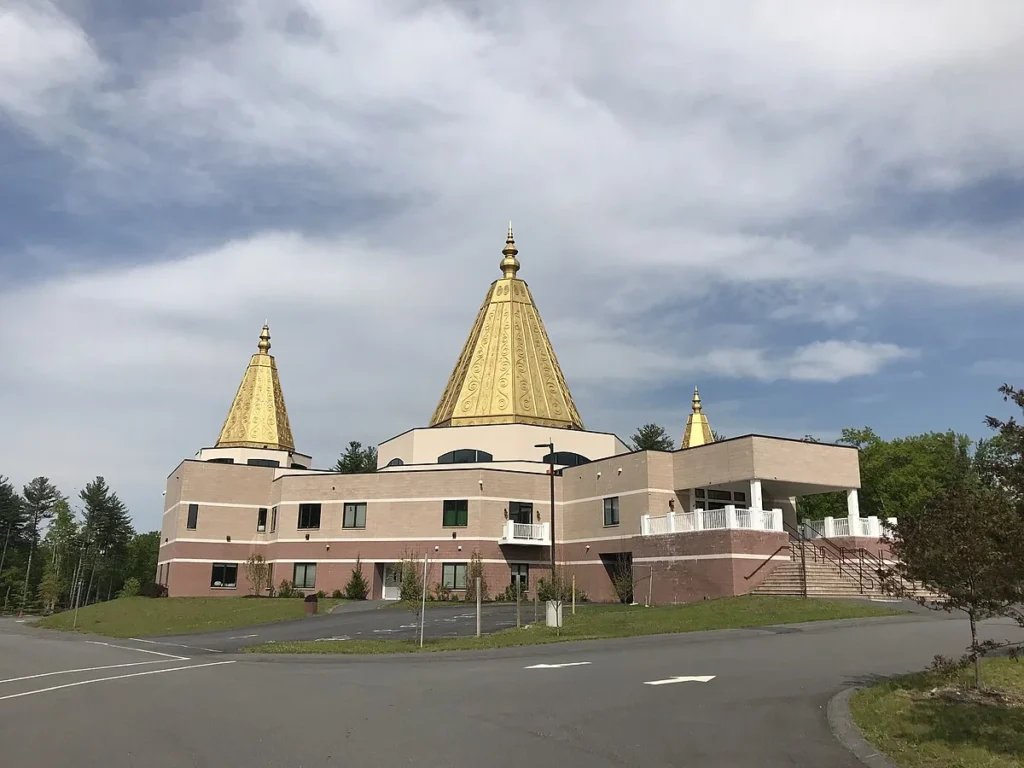
Today, about 8,500 Sai Baba temples exist in 47 nations. In 2024, the Sai Sansthan organized a Global Sai Temple Summit for 4,500 representatives, and in 2025 expects 8,000 participants, uniting trustees and devotees in global service efforts; tree planting, marathons, blood drives, planetarium projects, and even a wax museum showcasing saints and leaders with audio narrations.
9. Daily Rituals, Sacred Sites & Architectural Highlights
- Dhuni: The original sacred fire still burns in a special shrine made of fire‑bricks. Devotees receive Udi, considered Sai Baba’s grace, a healing ash for body and spirit.
- Dwarkamai: Preserved exactly as Baba lived in it. Visit the place where he cooked food with his own hands, stirred without injury, and served thousands lovingly.
- Chavadi: The other site where Baba slept at alternate nights, followed by a procession. The evening procession still continues as a devotional ritual today.
- Tortoise Tile: One marble tile in the mosque floor features a tortoise, symbolizing stability, and marks where Sai Baba used to sit. It’s believed sacred and honored by many devotees.
- Wooden Healing Post: The post Baba leaned on while cooking is believed to hold healing energy, touching it is considered meritorious even today.
10. Unheard Stories That Echo Love & Faith
- Pundalika Rao Incident: When Rao Rao fell short of a coconut offering, Sai Baba feigned anger but the encounter showed how deeply he valued sincerity, leading to spiritual awakening and humility.
- Devotee Sharada & Lost Money: Sharada offered ₹15 lakh to build a hospital. As she counted out ₹13,000 to an elderly devotee who lost money, she realized detachment in action. Sai Baba’s teachings beyond ritual were about compassion, not just charity.
11. Why Shirdi Still Feels Magical Today
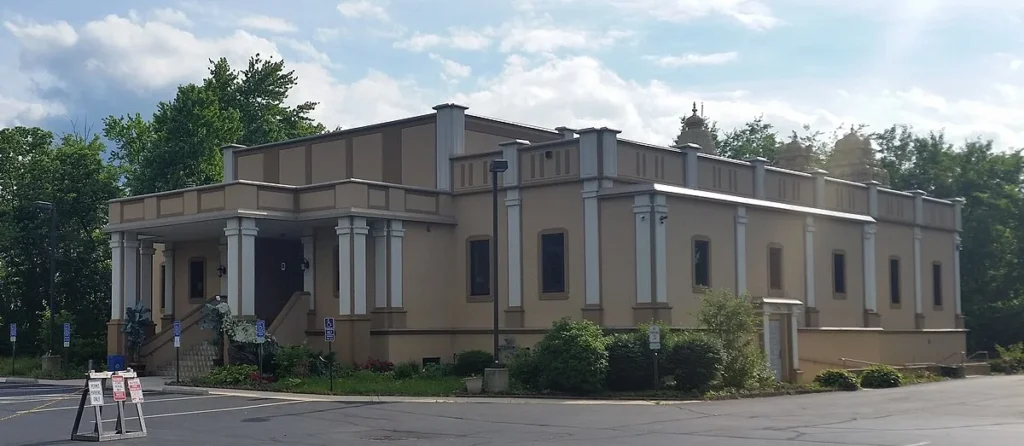
Today, technology and spiritual legacy converge:
- The Shirdi airport transparently welcomes pilgrims by air; planes like ATR‑72 or Boeing 737 arrive daily, a modern gateway to an ancient miracle.
- Yet at its core remains the same dhuni, the same mosque walls, the same neem tree, now offering sweet leaves that devotees taste hoping for healing.
Even amid crowd-control barriers and commercial shops, many say that a respectful walk through Dwarkamai brings peace.
There’s a spiritual resonance there, a sense that faith, humility, and unity remain at the heart of Shirdi.
Final Reflection: Faith in Simplicity & Service
Sai Baba’s life was simple: no grand ashram, no exotic rituals just faith, selfless service, and unity. He asked devotees to walk the path of Shraddha (faith) and Saburi (patience).
Today, Shirdi stands as a cosmic paradox: a bustling town built on ancient simplicity. A temple richer than most in India, yet devoted to a saint who slept on a mat, cooked his meals, and charmed rainstorms with a whisper.
Shirdi invites everyone, irrespective of faith to witness a legacy that is not about religious hierarchy, but about love beyond boundaries.

